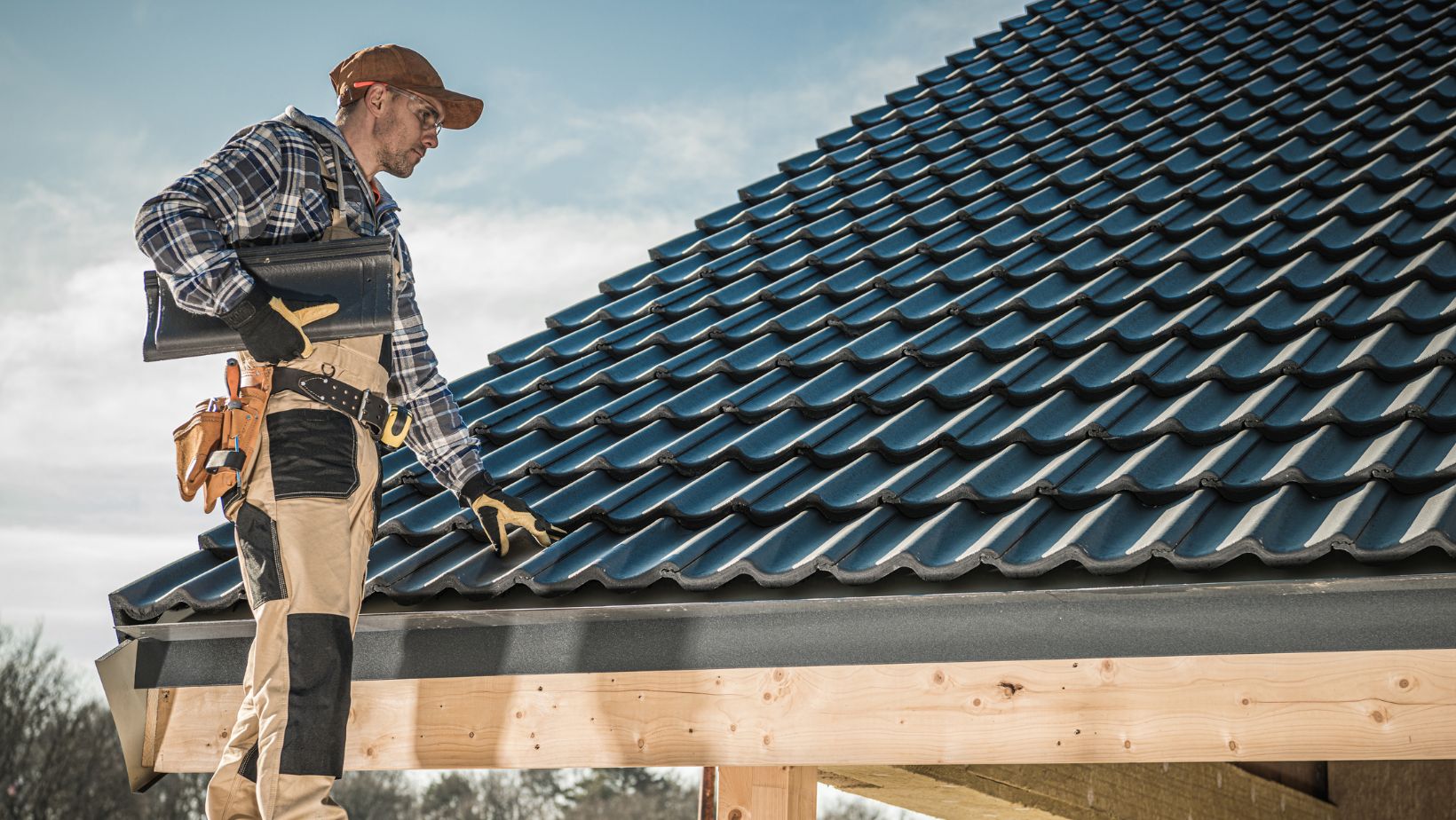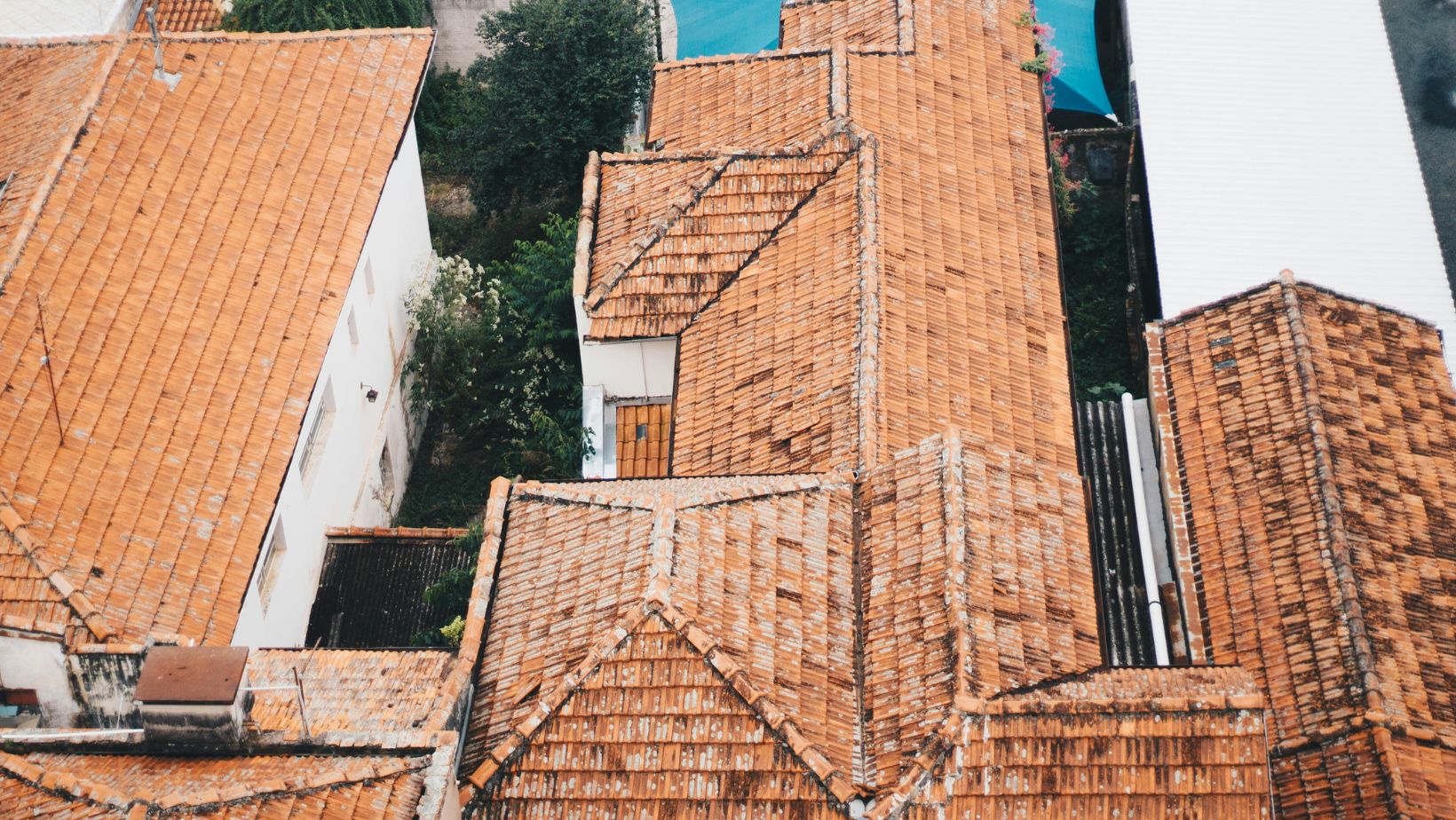A well-maintained roof is crucial for safeguarding a home against the elements. Yet, many homeowners overlook regular inspections, risking costly repairs and unexpected damage. A comprehensive roofing inspection isn’t just about spotting visible issues; it’s an opportunity to ensure the roof’s longevity and efficiency.
Understanding what to look for during a roofing inspection can save time and money. From checking for missing shingles to identifying potential leaks, having a detailed checklist can make all the difference. By knowing what to expect, homeowners can address minor issues before they escalate into major problems.
This essential checklist for your next roofing inspection will guide homeowners through the process, ensuring that every aspect of their roof is in top condition. Whether they’re seasoned DIY enthusiasts or relying on professional help, this guide will empower them to make informed decisions about their roof’s health.
Use Professional Services for Thorough Checks
Professional services offer comprehensive insights during inspections. They identify problems invisible to the untrained eye, such as underlying structural issues and material degradation. Skilled inspectors use advanced tools like thermal imaging to detect moisture buildup. Engaging experts ensures all components undergo assessment, from shingles to underlayment. These services provide documentation and suggest preventative measures, essential for maintaining residential roofing solutions. While DIY inspections are useful, trained professionals bring expertise and detect potential risks that extend beyond surface-level checks. Investing in professional assessment helps preserve the roof’s condition and prepares homeowners for future upkeep.
Examine Shingles for Damage or Wear
Inspect shingles closely to identify signs of damage or wear. Cracks, curling, and blistering suggest that shingles have endured harsh weather or aging. Missing shingles can lead to leaks and further structural issues. Discoloration might indicate algae growth or water damage. Granule loss not only affects aesthetics but also reduces the roof’s protective capabilities. Check for uneven surfaces as they may conceal underlying damage. Thorough roofing inspections often focus on these elements to maintain integrity.

Residential roofing solutions frequently incorporate enhanced materials to resist these common problems. Identifying early signs during an inspection can prevent costly repairs and extend the roof’s lifespan.
Inspect Flashing Around Chimneys and Skylights
Inspection of flashing around chimneys and skylights identifies potential entry points for water. Flashing, a critical component in residential roofing solutions, prevents leaks by directing water away from these structures. Over time, flashing can deteriorate. Check for signs of rust, cracks, and loose fittings. Ensure flashing is properly sealed to avoid moisture intrusion, which can lead to extensive interior damage. If seals appear worn or flashing is damaged, repair or replacement may be necessary. Regular inspection ensures that chimneys and skylights remain watertight, preserving overall roofing integrity. Use these inspections to maintain the roof’s efficiency and prevent costly water-related repairs.
Clear Debris from Gutters and Downspouts
Clearing debris from gutters and downspouts is crucial in any residential roofing inspection. Clogged gutters prevent proper water drainage, leading to water overflow and potential roof damage. Leaves, twigs, and dirt can accumulate, creating blockages. Removing these ensures effective water flow and reduces stress on the roof’s edge. Regular clean-up, especially after storms or seasonal changes, maintains optimal gutter performance. Inspections should include checks for rust, sagging sections, and secure fastenings to prevent detachment. Proper gutter maintenance contributes to overall roofing efficiency, protecting against water-related issues and extending the roof’s lifespan.
Look for Signs of Water Damage
Signs of water damage on residential roofing solutions can indicate serious issues. Stains or discoloration on ceilings or walls suggest leaks, requiring immediate inspection. Dark streaks on shingles might signal mold or mildew due to moisture buildup. Blistering or peeling paint around eaves could arise from trapped humidity. Check for sagging roof areas, hinting at trapped moisture and structural compromise. Inspect attic spaces for damp insulation or musty odors, further pointing to water intrusion.

Regularly inspecting for these signs ensures early detection of problems, maintaining the roof’s integrity and reducing repair costs.
Check for Proper Ventilation
Proper ventilation is critical in residential roofing solutions, ensuring optimal airflow and reducing heat and moisture buildup. During inspection, check for unobstructed eaves and soffit vents that facilitate this airflow. Inspect attic spaces for signs of inadequate ventilation, such as excessive heat or moisture, which can lead to mold growth and roof damage. Ensure ridge vents and gable vents are present and operational, supporting consistent air exchange. Verifying proper ventilation helps maintain the roof’s structural integrity and prevents costly repairs associated with water damage or ice dams. This proactive step enhances the roofing system’s longevity and efficiency.
Examine the Roof’s Structure
A comprehensive roofing inspection is a proactive measure that safeguards a home against potential damage. By examining the roof’s structure, homeowners can identify early signs of wear and address them promptly. This practice not only ensures the roof’s efficiency but also enhances its longevity. Whether opting for a DIY approach or seeking professional help, understanding the roof’s condition is crucial. Professionals bring valuable expertise to uncover hidden issues, offering peace of mind and detailed documentation. Regular inspections, focusing on critical areas like flashing, shingles, and ventilation, are essential for maintaining a robust roofing system. Prioritizing these inspections helps prevent costly repairs and supports the overall health of the home.


More Stories
The Importance of Quality Siding in MA
The Impact of Automated Window Treatments on Modern Home Design
6 Creative Roofing Designs That Redefine Modern Homes